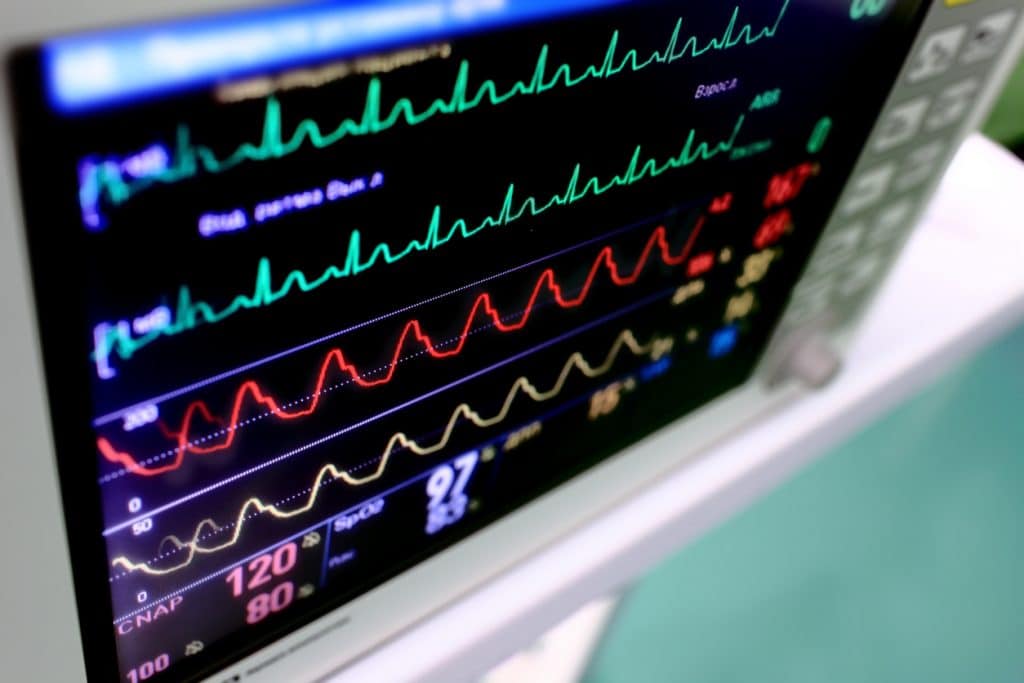The Use of Data Science to Analyse Physiology of Oxygen Delivery in the Extracorporeal Circulation

Background
Recent scientific reports have brought into light a new concept of goal-directed perfusion (GDP) that aims to recreate physiological conditions in which the risk of end-organ malperfusion is minimalized. The aim of our study was to analyse patients’ interim physiology while on cardiopulmonary bypass based on the haemodynamic and tissue oxygen delivery measurements. We also aimed to create a universal formula that may help in further implementation of the GDP concept.
Methods
We retrospectively analysed patients operated on at the Wroclaw University Hospital between June 2017 and December 2018. Since our observations provided an extensive amount of data, including the patients’ demographics, surgery details and the perfusion-related data, the Data Science methodology was applied.
Results
A total of 272 (mean age 62.5 ± 12.4, 74% male) cardiac surgery patients were included in the study. To study the relationship between haemodynamic and tissue oxygen parameters, the data for three different values of DO2i (280 ml/min/m2, 330 ml/min/m2 and 380 ml/min/m2), were evaluated. Each set of those lines showed a descending function of CI in Hb concentration for the set DO2i.
Conclusions
Modern calculation tools make it possible to create a common data platform from a very large database. Using that methodology we created models of haemodynamic compounds describing tissue oxygen delivery. The obtained unique patterns may both allow the adaptation of the flow in relation to the patient’s unique morphology that changes in time and contribute to wider and safer implementation of perfusion strategy which has been tailored to every patient’s individual needs.
